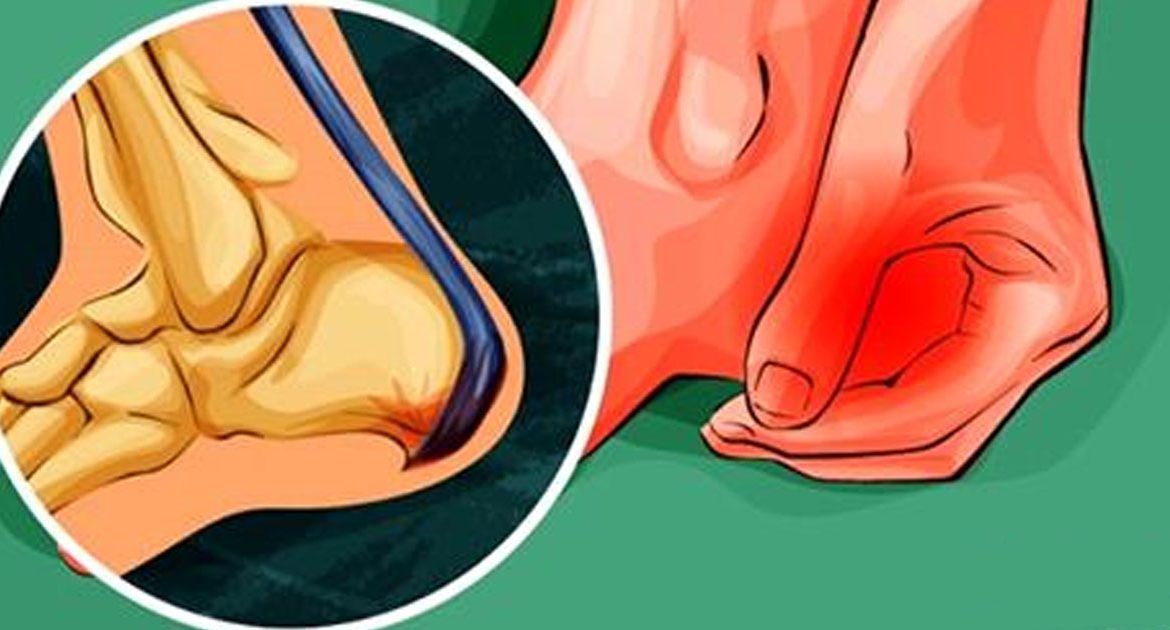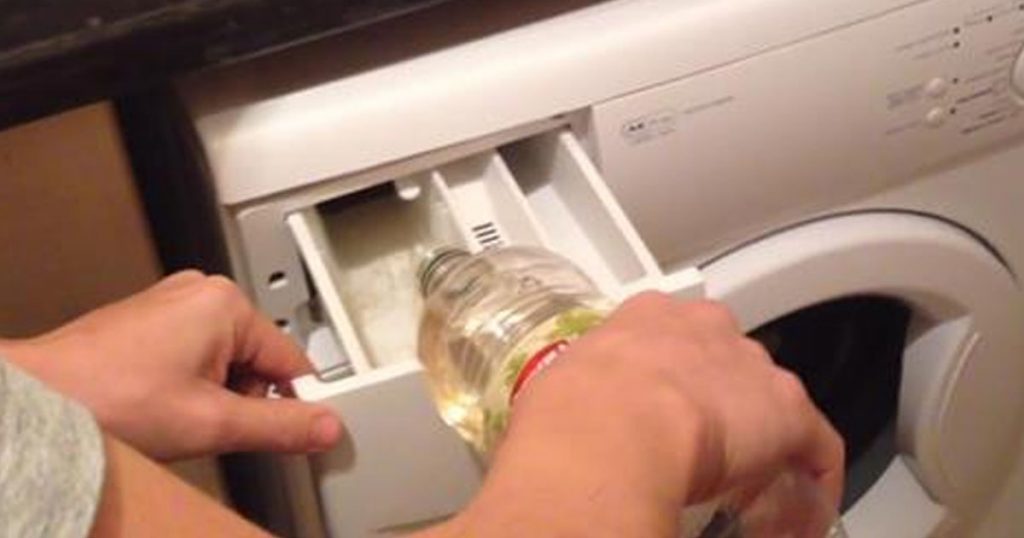What is a heel spur?
Many people all over the world experience different types of foot pain from time to time. The most common cause of heel pain is a heel spur, so let’s find out what causes this condition and what to do to improve it. A heel spur is a calcium deposit that forms on the underside of the heel bone. This growth can affect other parts of the foot.
Typically, heel spurs are tiny, so they may be invisible to the naked eye. In addition, they may develop alone or be connected with other health conditions. More than 50% of people with heel spurs also suffer from plantar fasciitis, and plantar fasciitis, in turn, increases your chances of developing heel spurs.
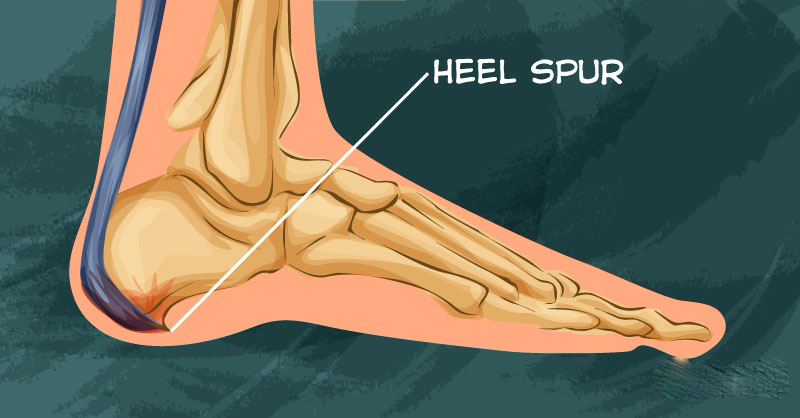
Diagnosing heel spurs can be very difficult as they don’t always cause pain and other unpleasant symptoms, and not all heel pain is connected with spurs.
Symptoms of heel spurs
Nearly 50% of people who have heel spurs experience pain, but they don’t notice any changes in soft tissues and bones. Many people with this problem describe the pain as a pin sticking into their feet when they stand up and walk or run. Doctors usually discover heel spurs through X-rays.
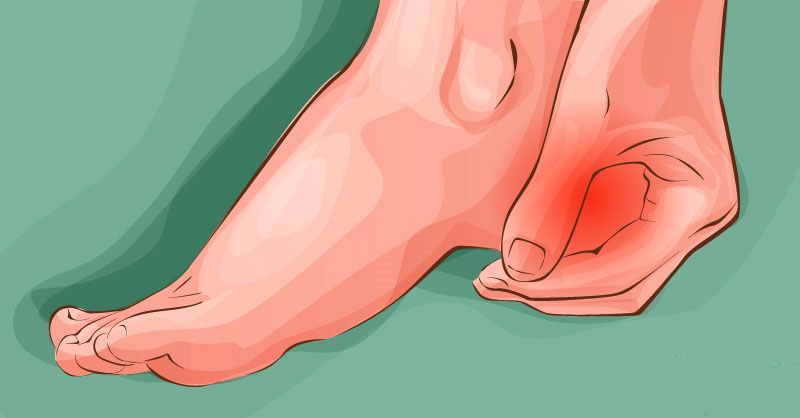
The signs and symptoms of heel spurs may also include:
- inflammation;
- swelling.
It is important to remember that all the symptoms may be related to other foot problems, so you should visit a podiatrist or orthopedic surgeon for a proper diagnose.
Risk factors for heel spurs
There are several factors that increase your risk of developing heel spurs. They include the following:
- running or jogging on hard surfaces;
- poorly fitted shoes, particularly without arch support;
- walking abnormalities, that place excessive pressure on the heel bone;
- obesity;
- diabetes.
How to relieve the pain of heel spurs
The treatment of heel spurs may vary widely as it depends on the severity of the symptoms. The main rule is to consult with your doctor if your heel pain lasts for more than four weeks.
Your doctor may recommend conservative ways to ease this condition, including:
- stretching exercises;
- special shoes;
- physical therapy;
- taping or strapping the affected area to rest strained muscles;
- night splints;
- orthotic devices.
Your physician can prescribe injections with a corticosteroid to relieve inflammation. More than 90% of people with heel spurs feel better after conservative treatment. Unfortunately, in some cases, surgery is the only option.
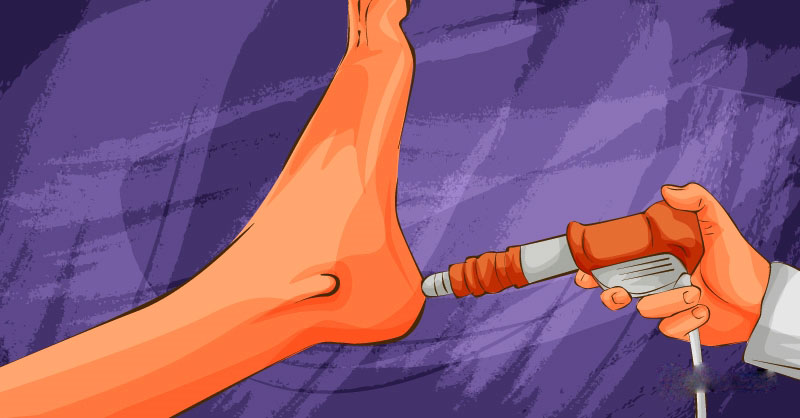
How to prevent heel spurs
Here are several tips that can help prevent heel spurs.
- Wear well-fitting shoes with supportive heel counters.
- Pick appropriate shoes for each physical activity or sport.
- Don’t forget about warming up and stretching before workouts.
- If you are overweight, try to lose extra pounds to help your feet.
